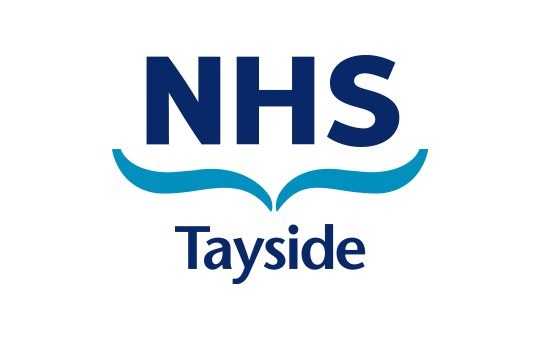NHS Tayside has been criticised for staff failing to keep a close enough watch on a patient who died in Carseview psychiatric unit in Dundee after a bag of heroin inside him burst.
Scottish public services ombudsman Jim Martin made 12 recommendations and said it was imperative that the board and all those involved in the patient’s care on the night he died “consider carefully the failures to ensure to ensure that a similar situation does not recur.”
An NHS Tayside spokeswoman said, “The board have accepted the recommendations and will act accordingly.”
The episode occurred at the intensive psychiatric care unit (IPCU) at Carseview, part of Ninewells Hospital, in January 2008.
The patient, who had mental health problems, had been transferred to the unit against his mother’s wishes from a unit in another city, where he was being treated under a compulsory treatment order.
His mother was concerned that Carseview was closer to home and there was an increased risk of access to her son by “people and situations that could involve illicit substance abuse.”
She believed there was also an increased risk that he might abscond. She also complained that her son was granted escorted leave from the IPCU within the building, from which he escaped.
When her son returned to the IPCU he admitted taking drugs. He was examined and staff were told to monitor him overnight but he was found dead the next morning.
It was discovered that he had concealed a bag of heroin within his body and the bag had burst.
His mother complained that the treatment provided to her son on his return to the IPCU was inadequate.
Mr Martin upheld all of the mother’s complaints in the judgment in which individuals’ details were not disclosed. He found the board’s decision-making processes to transfer her son unclear and that the decision to allow him escorted leave was inappropriate.
He also found the son’s treatment to be inadequate on his return to the IPCU.
The ombudsman recommended that the board apologise to the mother and review procedures for patient transfer under compulsory treatment orders.
This is to ensure that, where there is a statutory right of appeal, the appropriate people are told about that right and every consideration is given to their views.
He also recommended that decisions on approved leave are recorded and properly explained to the patient and their relatives, that the board review escort arrangements and they consider introducing a system at the IPCU to quickly alert staff within the building when a patient absconds.
Mr Martin made a number of other recommendations about the patient’s care and treatment. These include training for adequate medical examination, nursing observation and assessment of vital signs in the IPCU with a patient who has consumed an illicit substance.
The board should also review the procedure to refer a patient to the local A&E in such circumstances.
